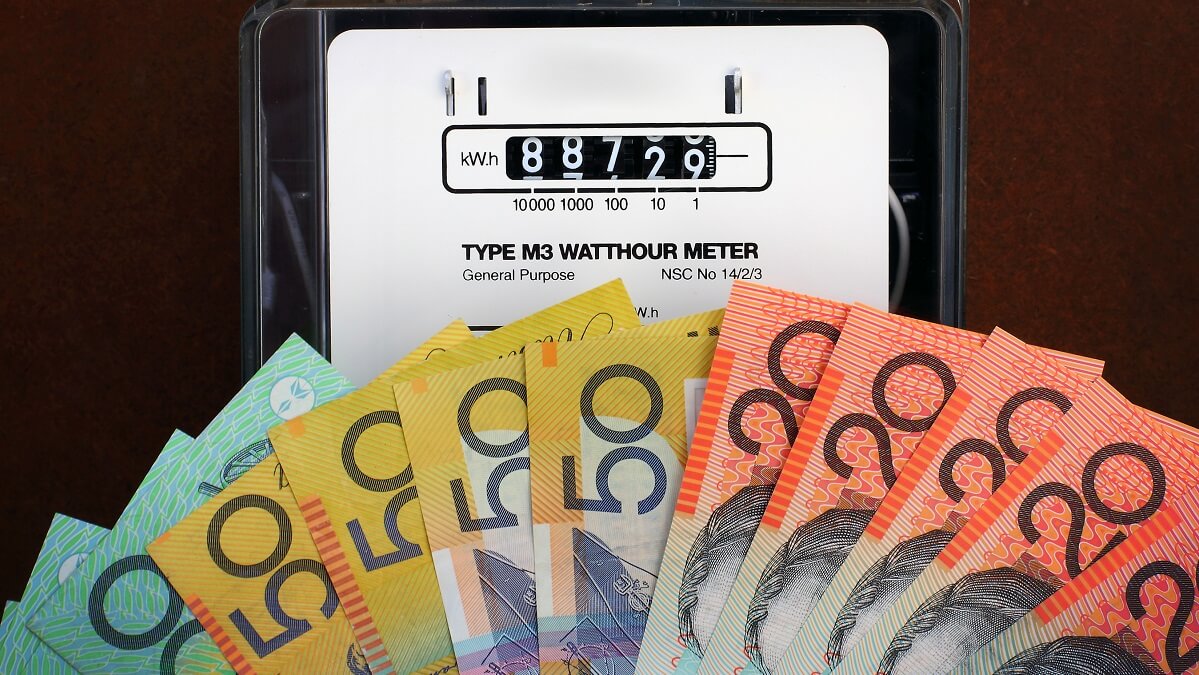How would you feel if you found out energy suppliers were helping themselves to billions in ‘extra’ profits on top of their regulated, ‘allowed’ profits?
Pretty mad, considering the cost-of-living increases, mortgage stress and penny-pinching many of us are experiencing at the moment.
Well, that’s exactly what’s happening, according to the Institute for Energy Economics and Financial Analysis (IEEFA).
IEEFA is a US-based group that specialises in energy markets and has found Australian energy supply companies are receiving ‘supernormal’ profits on top of their ‘allowed’ profits and they’re running into the billions.
IEEFA claims monopoly electricity networks are exploiting flaws in the regulatory system to generate billions in extra profits, well above the normal profits required to satisfy shareholders at the expense of householders.
The figures
And the numbers are staggering.
According to the report, networks have extracted more than $11 billion a year in supernormal profits since 2014, peaking in 2022 at $2 billion. In 2022, supernormal profits reached two-and-a-half times the normal profit the Australian Energy Regulator (AER) considers necessary to compensate network shareholders for their investment.
Even normal profits are quite astonishing, with IEEFA claiming the energy companies have raked in $16 billion in the past 10 years.
The report, titled Power Prices Can be Fairer and More Affordable, analysed the performance of Australia’s regulatory framework for electricity providers and took consultant Simon Orme and the IEEFA team more than a year to complete.
Network prices
If you look at your power bill, network prices are the second-largest component of the cost, and the supernormal profits are made from increasing these network prices.
“Families and businesses are already experiencing power bill shock from higher retail prices, and the persistent and large extra network profits are making this worse than necessary,” Mr Orme says.
“The extra profits are reducing energy affordability and adding to economy-wide inflation.”
According to the report, depending on the network area, up to 70 per cent of the retail price rise from 1 July 2023 could have been avoided.
The report made it clear that while profit was to be expected, of the 162 cases examined, 64 per cent exceeded the normal levels, and labelled them “excessive supernormal profits”.
From July 2014 to June 2022, IEEFA estimates supernormal profits totalled $11 billion, on top of normal profits of $16 billion – meaning overall profits were on average 1.7 times the normal profit.
Customer costs
The Guardian reports that this represents between $80 and $400 per customer depending on the supply area.
It says electricity prices were already 4.2 per cent higher in the September quarter – an increase that would have been 18.6 per cent without government rebates.
The IEEFA has labelled this a “wealth transfer” from consumers to energy suppliers and says the federal government has done nothing to correct the problem.
In fact, IEEFA says the problem is very likely to continue for the “foreseeable future” as two recent reviews by the AER concluded that no significant changes to the regulatory system were needed.
However, the IEEFA report claims, according to AER’s own data, the supernormal profits were not caused by improvements to the network, inflation, changes in interest rates or even ‘gold-plating’ to improve infrastructure or higher payments to debtholders.
Instead, the report shows the extra profits mainly come from forecast network costs that are higher than actual costs. When there is a difference between the forecast and actual cost, it is eventually pocketed by network shareholders.
“There has been a failure to correct these differences in forecast and actual costs once they become evident, leading to supernormal profits for network shareholders,” Mr Orme says.
“Two major reviews published by the AER so far this year do not acknowledge the persistent and large extra profits and their implications.
Not necessary
“The AER has so far not provided evidence to show that the multibillion-dollar extra network profits accumulated over nine years are a necessary outcome,” he says.
“The extra profits substantially increase the costs to consumers of the energy transformation. That’s because renewable energy and storage require large-scale investment in new network infrastructure. If the supernormal profits are baked in over the coming years, the new network investment will cost much more than necessary.
Mr Orme says the government must take immediate action to make power bills fairer and more affordable, starting with an independent advisory group to report on whether current profits are consistent with regulatory aims and then policy support for any changes.
He says if implemented properly, those two steps could help consumers’ bills change by mid-2024.
He also recommended improving transparency in billing.
Are you surprised at these figures? Do you think the government is doing enough to keep power bills affordable? Why not share your opinion in the comments section below?
Also read: How the electricity bill relief payment works in your state


In Western Australia we have only one electricity provider so there is no competition. We had solar panels installed years ago. At that time the buy back of units to the grid reduced our power bill reasonably. Now they have reduced the buy back rate so much we might never get to the stage that it was worth the outlay. we only get 10c per unit peak and 2.25c per unit off peak. They charge over 28c per unit. Is it worth buying the batteries when they are only guaranteed about 15 years, plus the added fire risk of lithium batteries(I do not know).
Concerned, WA resident